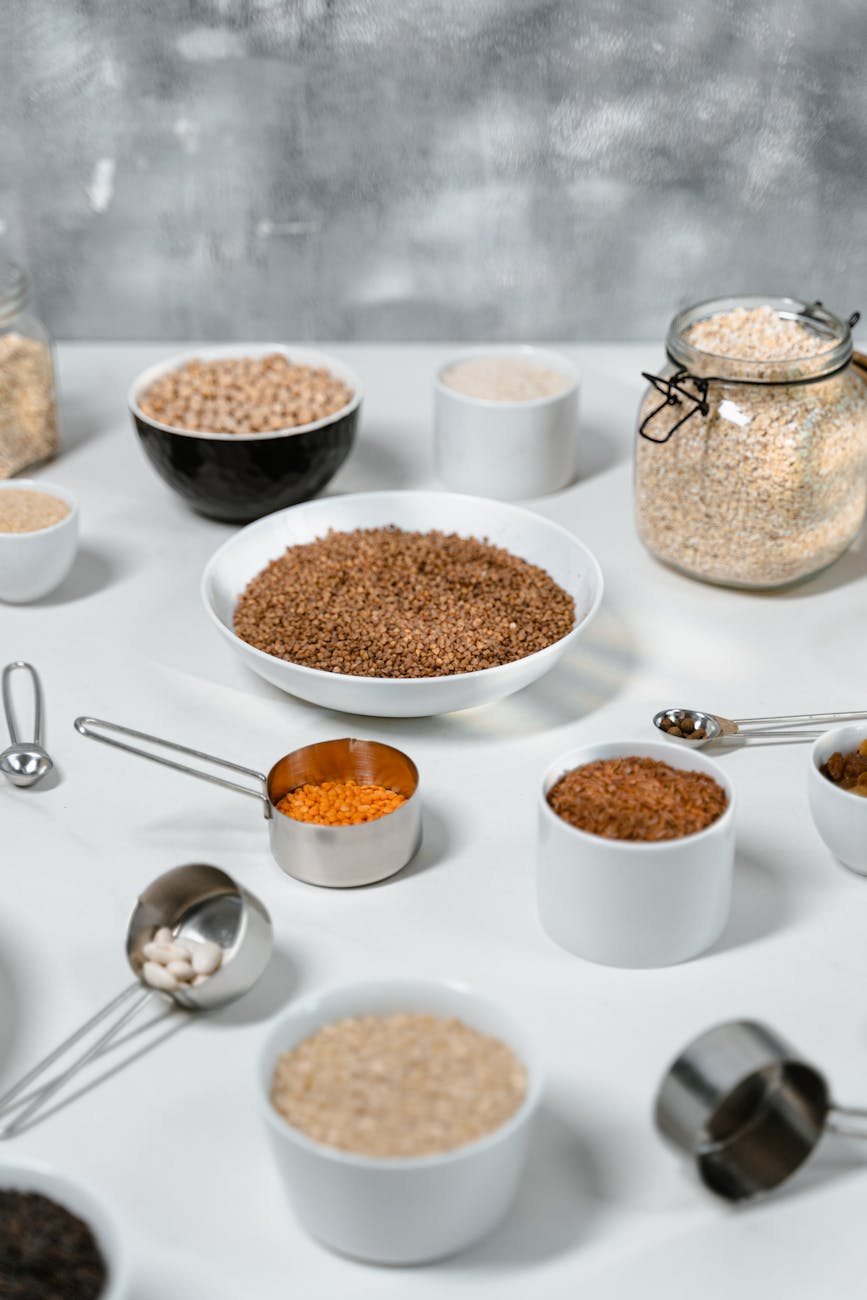Understanding Measurement Conversions
Cooking and baking are like a chemistry experiment in your kitchen. one little extra pinch of salt or a smidgen less of sugar and boom — you’ve got a whole new concoction on your hands. Ensuring that flavors and textures match the vision in your head is all about getting those measurements right.
Importance of Accurate Measurements in Cooking and Baking
Ever thrown a party for your taste buds, only for them to leave early because you added a dollop too much of something? Precision is your new best friend when cooking and baking. A teensy misstep in measurements can turn that dreamy cake into a solid block or make your sauce taste like it was made during a sugar shortage. The magic lies in keeping things consistent and spot on, whether you’re whipping up a feather-light soufflé or brewing a hearty stew.
Overview of Converting 1 Cup to Grams
Traveling through recipes from all corners of the globe, you might find yourself in a pickle with measurements. A cup here isn’t necessarily a cup there. Here comes the trusty conversion from cups to grams to save your dish! Since ingredients aren’t cut from the same cloth, their density and volume make the conversion dance a tad different for each.
Here’s a cheat sheet for the conversion gig of some usual suspects from 1 cup to grams:
| Ingredient | 1 Cup (approx. grams) |
|---|---|
| Flour | 120-150 |
| Sugar | 200-225 |
| Butter | 225 |
| Water/Liquid | 240 |
Nailing these conversions will smoothly parachute you into a dreamland where dishes turn out just as you’ve pictured. Hungry for details? Dive into our treasure troves like what is a 1 cup in grams? or how much do 100 grams look like?. getting these conversions down pat is essentially your golden ticket to culinary freedom, letting you explore flavors confidently.
Converting Common Ingredients
Alright, let’s get down to some kitchen magic—turning those cups into grams! Whether you’re crafting a cake or mastering a stew, knowing how to swap between cups and grams will keep your recipes on point and your dishes delicious. So, let’s chat about how to handle these conversions for both dry and wet ingredients.
Flour, Sugar, and Other Dry Ingredients
Getting the hang of converting dry stuff like flour and sugar is key—no one likes a cake that tastes like a brick. Each type of flour or sugar behaves differently, kind of like that one relative who always causes a stir at family gatherings. Here’s a handy cheat sheet for some of your pantry pals:
| Ingredient | 1 Cup (approx.) | Grams (approx.) |
|---|---|---|
| All-Purpose Flour | 1 cup | 125g |
| Granulated Sugar | 1 cup | 200g |
| Brown Sugar (packed) | 1 cup | 220g |
| Confectioners’ Sugar | 1 cup | 120g |
A little tip: the weight can shift slightly depending on how you scoop it or even the weather! So if you’re feeling fancy, whip out that kitchen scale. And if you’re curious about other dry goods, check out our guide on what is a 1 cup in grams?.
Butter, Oil, and Other Liquid Ingredients
Now, let’s talk about getting those liquids in check—whether it’s butter, oil, or something else that makes your kitchen smell heavenly. Liquids are a bit more chill when it comes to density drama, but measurement matters! Here’s how your liquid lineup looks:
| Ingredient | 1 Cup (approx.) | Grams (approx.) |
|---|---|---|
| Butter | 1 cup | 227g |
| Vegetable Oil | 1 cup | 218g |
| Milk | 1 cup | 240g |
| Water | 1 cup | 240g |
Trust in a liquid measuring cup to keep things real, because a little slip-up can turn dinner into a surprise. For more in-depth conversions, you might want to glance at our article on how much do 100 grams look like?.
Getting your arms around converting cups to grams will make you a recipe rock star. Stick to accurate measurements, use the right tools, and with a pinch of practice, you’ll be dishing out meals like a pro.





